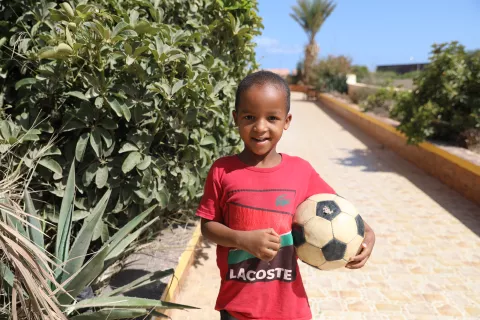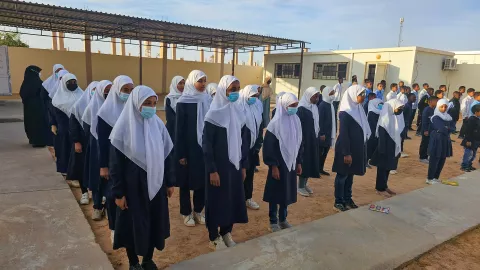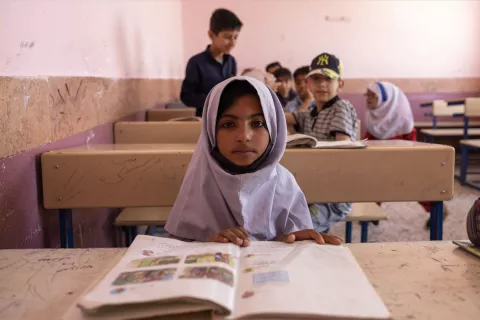Building resilient education systems
Why and how should we monitor hybrid learning?

Highlights
The following guides have been developed in line with UNICEF’s commitment to support Ministries of Education and education decision-makers to effectively monitor the status and implementation of education delivery and learning, including in emergency situations:
- Conceptual Framework for Monitoring Hybrid Learning Delivery Toward Long-term System Strengthening and Resilient Education Systems
- Operational Guide for Monitoring Hybrid Learning Delivery Toward Long-term System Strengthening and Resilient Education Systems
- Monitoring Hybrid Learning: A Short Guide
- Monitoring Distance Learning During School Closures (through household surveys)
Monitoring distance and hybrid learning is an extremely important task that helps generate insights into what is and is not working in education. It generates learnings and enables future initiatives to be adapted to ensure that all children are being reached.
Given limited financial resources, monitoring can help decision-makers identify cost-effective approaches to remote and hybrid learning. A key next step for these resources includes piloting the conceptual framework in a small number of countries.





